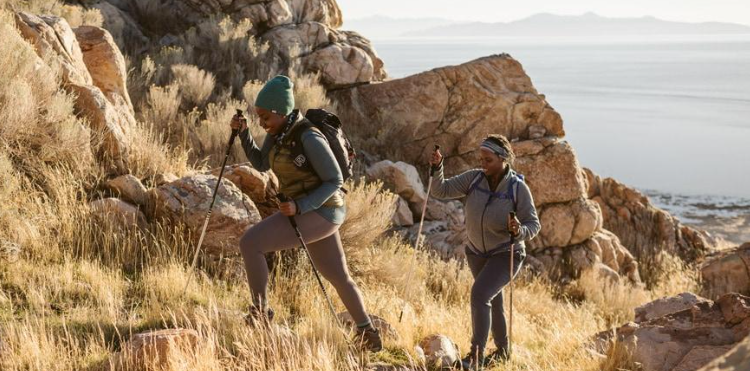Hiking offers more than just exercise and adventure; it caters to a beautiful connection to the natural world believe trail runners like Steven Rindner. Each step on a mountain trail or through a forest represents an interaction with nature. To preserve these unique experiences for future generations, it is crucial to follow the “Leave No Trace” (LNT) principles. These guidelines are designed to reduce human impact on natural environments. Hiking responsibly is not just about protecting plants, animals, and landscapes—it’s also about respecting the mutual spaces of our communities. Learning these principles helps hikers take on the role of responsible people of the land. With seven simple practices, anyone can help preserve nature’s beauty and keep these precious places undisturbed.
The Seven Leave No Trace Principles
The Leave No Trace principles act as a guidebook to reduce impact on nature. Here is how they work and why they matter.
Plan and Prepare
Planning is the first crucial step in responsible hiking. Hikers should research their destination’s rules, weather, and trail conditions. Taking the right equipment and knowing emergency procedures also help prevent unintended damage. Proper planning prevents issues that could lead to littering or off-trail hiking, which may damage delicate ecosystems.
Travel and Camp on Durable Surfaces
Sticking to charted trails and campsites is critical. When hikers stray off paths, they risk crushing plants, disturbing animal habitats, and eroding soil. Established trails and campsites are chosen to endure human activity, and staying on them minimizes environmental harm. This principle is especially crucial in high-traffic areas, where small disturbances can add up.
Dispose of Waste Responsibly
A core tenet of ‘Leave No Trace’ is leaving no sign of waste. Hikers should remove all trash, even biodegradable items, as they can disrupt local ecosystems. Food scraps, for instance, attract animals, which can create dependency and lead to conflict with humans. Additionally, sanitary practices like burying human waste in designated areas maintain a clean and safe environment for everyone.
Leave What You Find
In the opinion of Steven Rindner, nature is best when left untouched. Collecting rocks, plants, or other natural items not only alters the landscape but can also disrupt habitats. Preserving historical or cultural sites in their natural form is also essential. By leaving these elements undisturbed, hikers allow others to enjoy the area as it is. The future generation will also get to see the beauty of the earth.
Minimize Campfire Impact
Campfires have a significant impact on wilderness areas. They can cause soil erosion, damage vegetation, and contribute to wildfire risk. If allowed, campers should use fire rings or portable stoves. Gathering deadwood from the ground, if permitted, ensures that living plants do not come to harm. Alternatively, avoiding fires entirely helps maintain the area’s natural balance.
Respect Wildlife
Wildlife is an integral part of the natural experience, but it should be observed from a distance. Feeding animals or getting too close disrupts their natural behaviors and can create dependency on human food. Keeping pets under control and storing food out of reach are additional ways to minimize harm to wildlife.
Be Considerate of Others
Natural spaces are shared by everyone, hence, Steven Rindner and others like him opine that it is crucial to respect fellow visitors. This enhances the experience for all the people involved. Noise-unleashed pets and large groups can interfere with others’ enjoyment of nature. Practicing polite behaviors—such as yielding on trails and maintaining quiet—helps everyone appreciate the surroundings in peace.
The Leave No Trace principles offer simple, strategic ways to enjoy nature without leaving bad marks behind. Adopting these practices on hikes can safeguard trails, wildlife, and landscapes for future generations, yet to come. Responsible hiking enhances the experience, turning outdoor explorations into a shared effort to preserve the world’s wild places.






